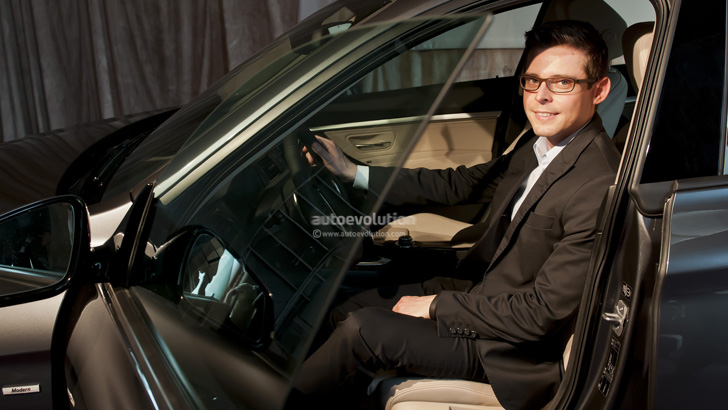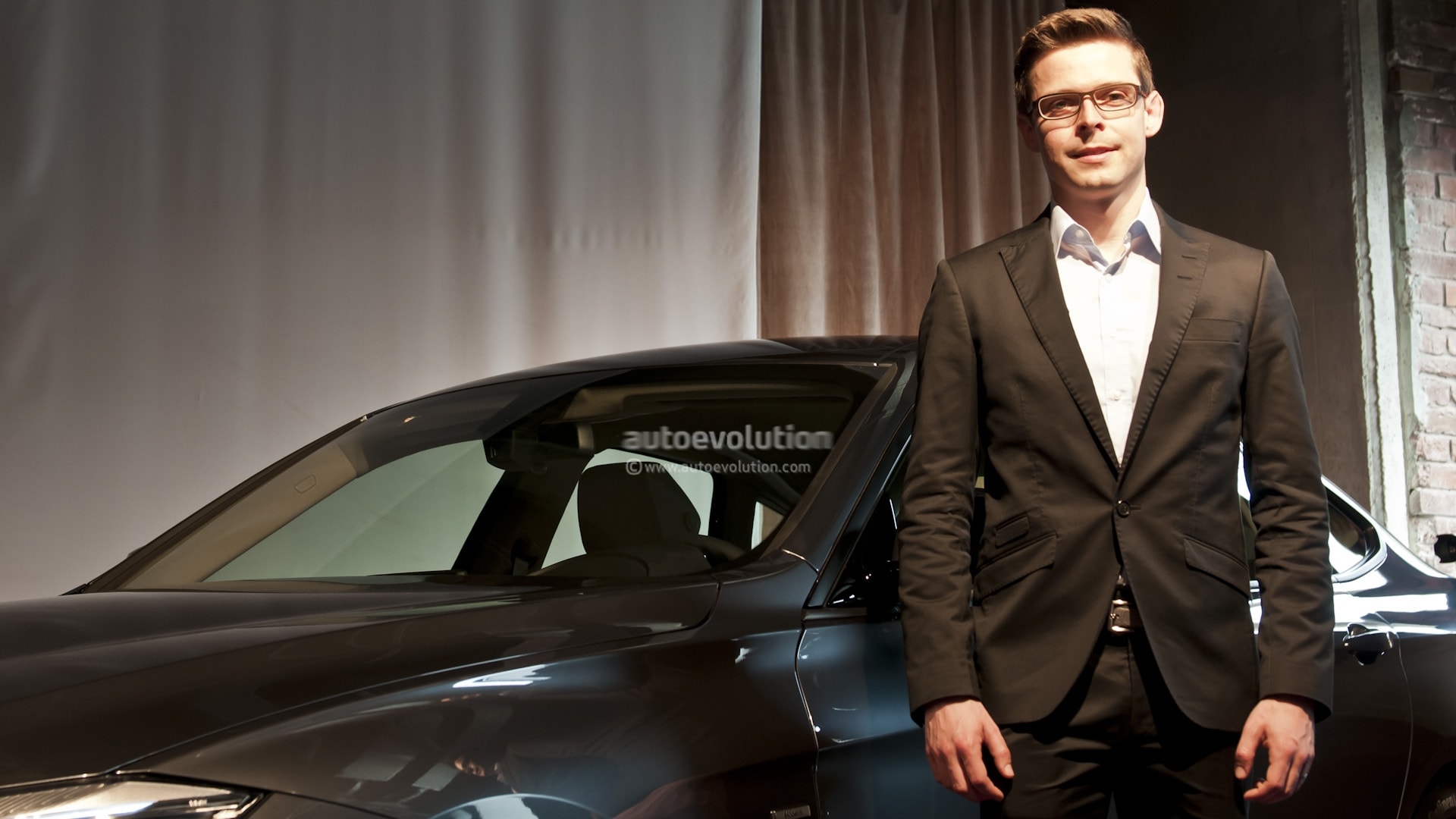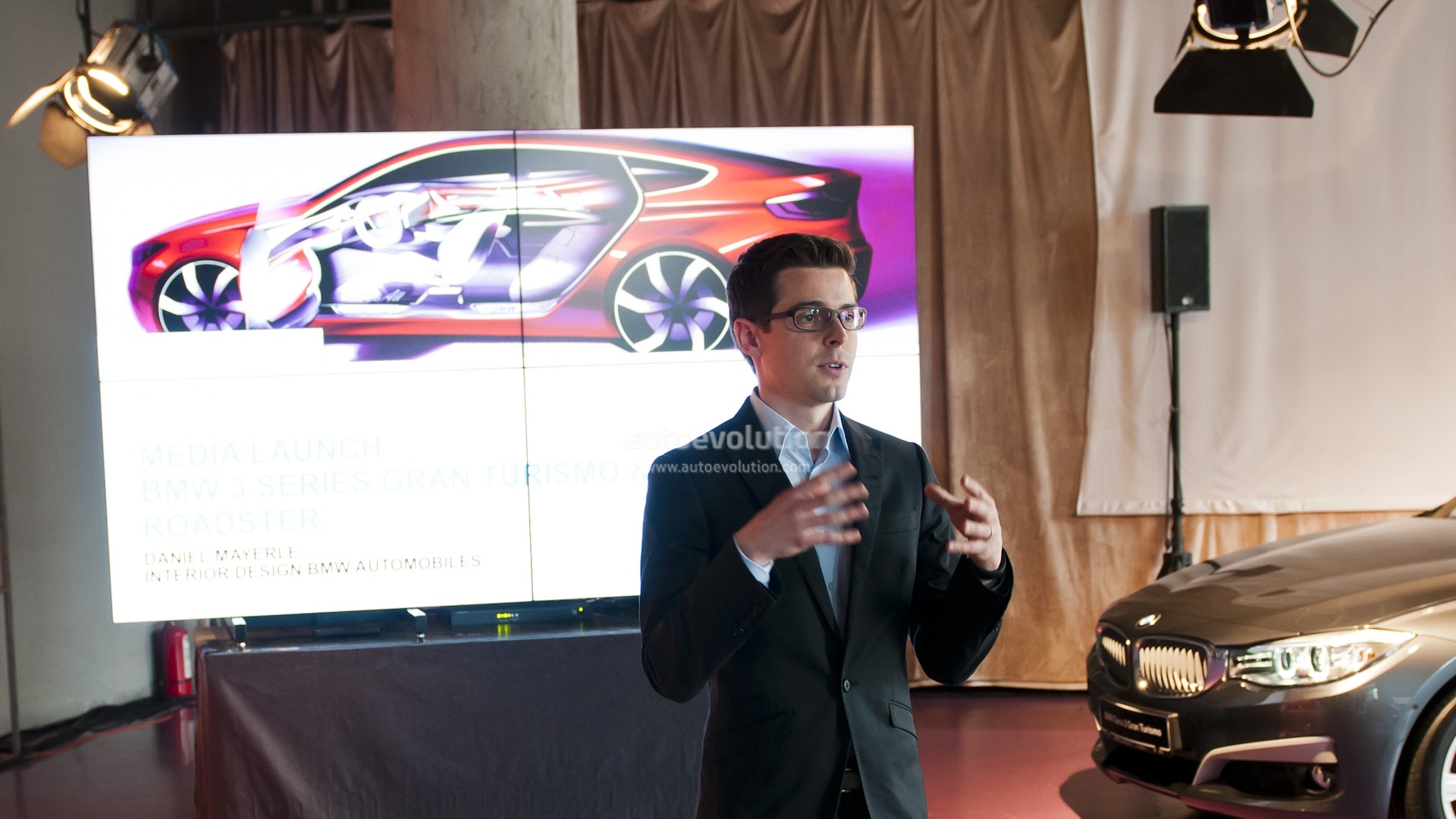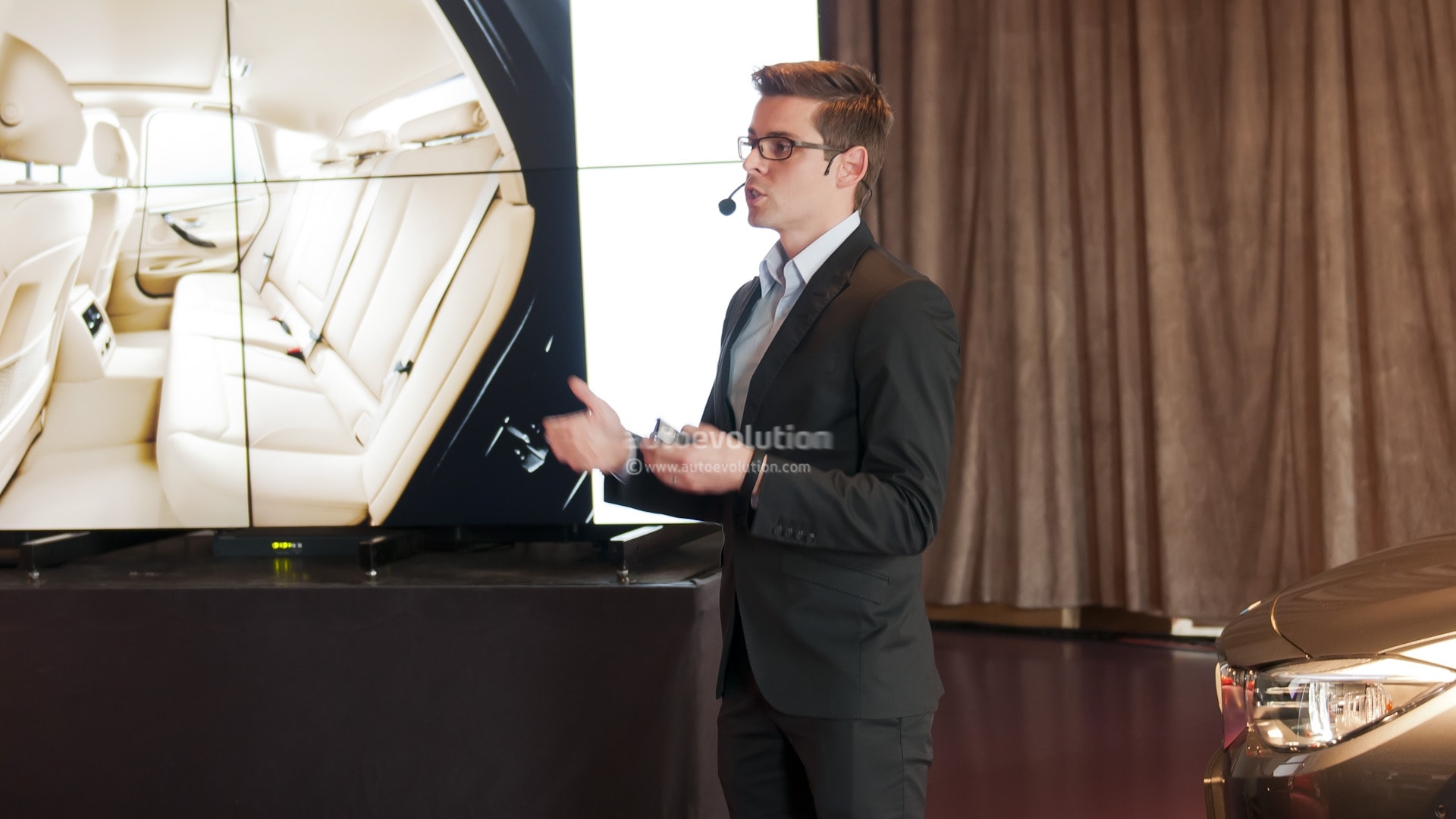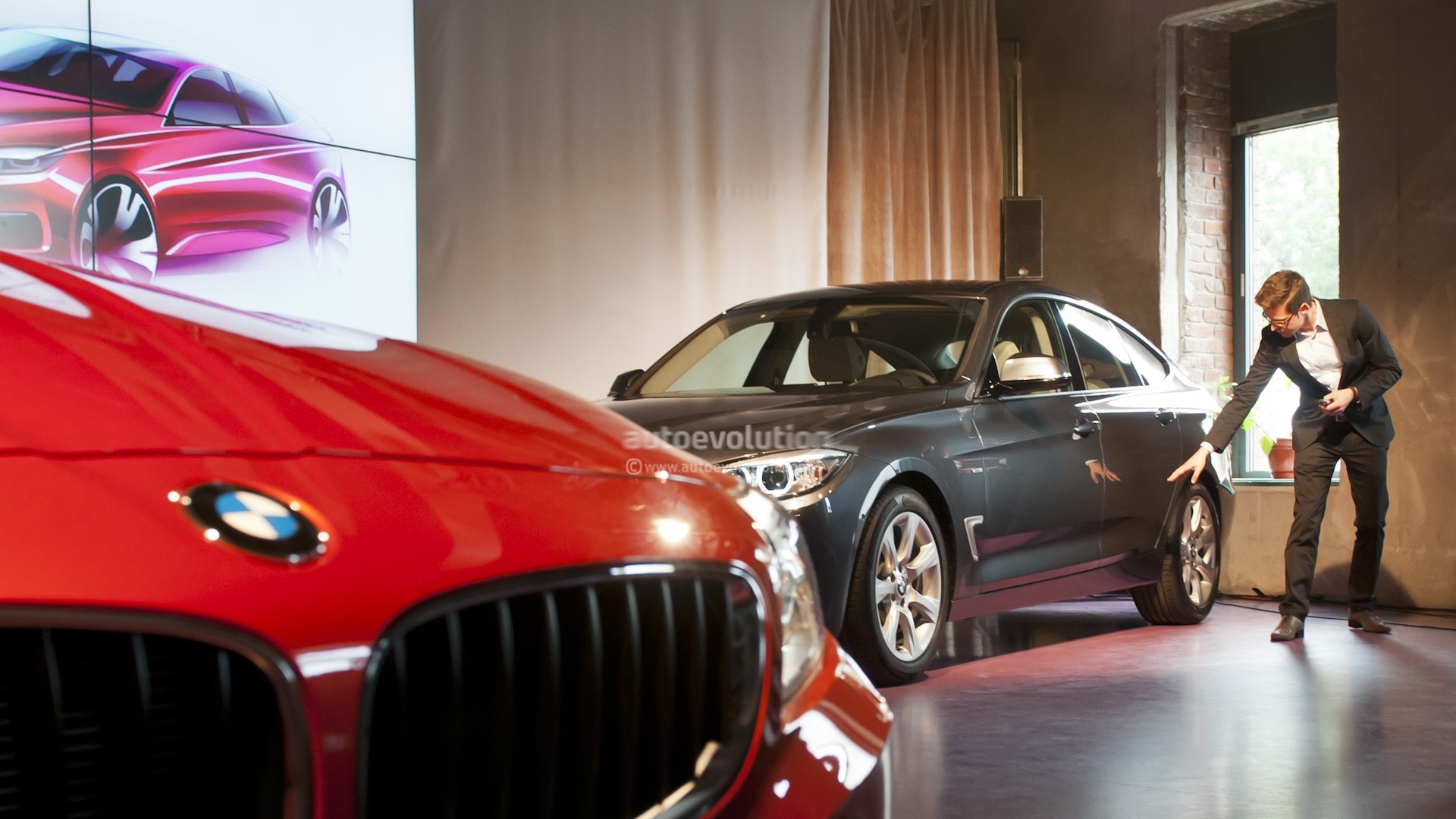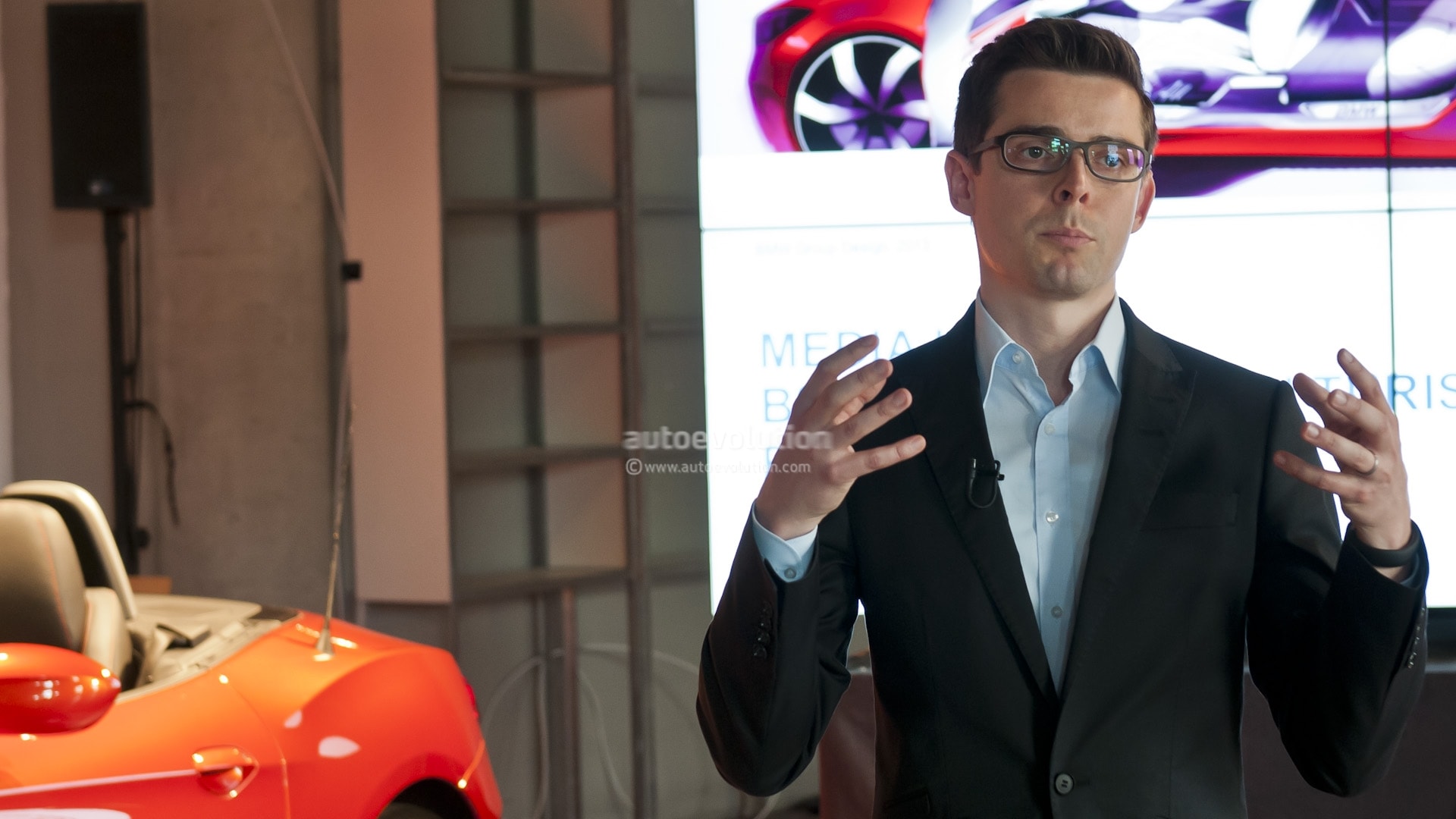BMW might not show it, but the company is in the midst of an important transformation at the moment. The switching to turbocharged engines and the expansion of the M range were just the first moves in a game that's now seeing the company stretching to conquer new land.
To put it shortly, BMW wants as many slices of as many pies as it can grab. Unimaginable niches, established segments that are new for the company, you name it.
It is the perfect time then to speak to one of the people who fight for BMW in the first line, in order to see what the Germans are up to. During a recent media launch for the 3 Series GT and LCI Z4, we talked to Daniel Mayerle, Creative Interior Design Director for middle-size BMW vehicles.
Daniel's position may sound uptight, but it doesn't take more that a few of his remarks to realize he's a cool guy. We start by sharing a few thoughts about his baby, the cabin of the F20 1 Series.
autoevolution: A lot of people complained about the interior space of the first 1 Series. Did that pressure you when you designed the F20 1 Series?
Daniel Mayerle: The cabin space is mainly defined by the construction of the body and yes, it was a goal to increase the interior space when designing the new 1 Series. That was achieved mainly by increasing the overall size of the car. The wheelbase was increased by 80 mm (3.2 inches) and the width also by around 200 mm (7.9 inches) and that how the extra space was achieved.
ae: People are always talking about the continous quarrel between designers and engineers. Have you ever been involved in such a discussion concerning the design of a car and had to change something on a vehicle because an engineer said it was counterproductive?
DM: To be honest, that's our daily business but that's important if we want to achieve a great product. Of course, it is important for a car to look good and attract customers but at the same time, such a product has a wide array of other functions it has to fulfill. That means that each issue has to be discussed and though through before it is put in place. It's really important to communicate and find the best solutions possible so that the overall car is perfect and not just one particular area.
ae: So, how does it take place exactly?
DM: We have weekly appointments between interior designers and engineers where we discuss every piece of the car, from the dashboard to the air vents and so on. Then we talk and actually negotiate how things will finally be put in place.
ae: What are you currently working on?
DM: I am now the creative interior design director for middle-size BMWs. That means I'm responsible for the interior design of BMWs from the 3 Series up to the 5 Series.
ae: Will future BMWs have a more tech-oriented interior design, like the one you showed on the Active Tourer Concept car?
DM: I think that's the general development that we're trying to set inside future cars. We just want to highlight the technological parts of the car's interior. Furthermore, we may reduce the sculpture of the car and emphasize the functional aspects.
ae: Since we're on the subject, the entry level models from BMW are still coming out equipped with monochrome displays. Will this change in the near future? Will iDrive become standard?
DM: Well, at the moment, the 3 Series will start coming out with the iDrive system as standard, even on the entry-level models. As far as I know, just two models are currently not fitted with this system as standard, the 1 Series and the X1. The tendency is to get iDrive on all cars because it offers such a wide array of new function inside the car. Furthermore, you have to offer it as standard because this system allows you to integrate them better inside the vehicle and get everything you need in one place.
ae: So, could we expect a F20 1 Series LCI (facelift) with iDrive as standard?
DM: Well, the 1 Series was just launched but BMW is always researching the market and if it will be necessary, we'll follow what the customers demand.
ae: The new front-wheel drive models seem to leave the Hofmeister kink behind, a trademark for BMW. So, since we're talking about such a big change, will we also see any significant changes on the interior for these models?
DM: Talking about design trademarks for BMWs, they are very precious to us and a BMW's design is rooted in history while also moving forward into the future. That means we're trying to conserve our icons. One of these is the Hofmeister kink and this will remain on all current BMW models, no matter what kind of drive technology they have. For the interior design we have the same strategy. The driver orientation is an icon of BMW interior design and we'll stick to that. Also, the horizontal setup of the instrument panel is a trademark and we'll keep that as well.
ae: The future 1 Series GT will be based on the Active Tourer Concept. Will its interior have anything in common with the one on the concept?
DM: The Active Tourer Concept is actually a preview of the 1 Series GT and it does show the tendency, the direction in which BMW is heading for the future cars.
ae: Nowadays the driver oriented dash is a mainstream feature on all kinds of cars. For example if you get inside a Volkswagen Golf, you'll notice its interior has this design cue. What do BMW designers plan to do to make the cabins of the future cars even more driver oriented?
DM: I see you think like a BMW designer. That is definitely one of our concerns. Nowadays we turn the console to a certain degree, which is today between 7 and 8 degrees which means that the controls are positioned more towards the driver and that is also the best angle that also allows the passenger to be able to reach the controls easily. Now, it's just a matter of interior design how we managed to emphasize this driver orientation. If you look at the Z4 you'll see that we have a very graphical statement, a graphical trim structure that is reshaped to be more driver oriented. On the 3 series as well, we have a kind of layer that closes the center stack towards the driver. These are the elements we play with to keep the driver orientation alive.
It is the perfect time then to speak to one of the people who fight for BMW in the first line, in order to see what the Germans are up to. During a recent media launch for the 3 Series GT and LCI Z4, we talked to Daniel Mayerle, Creative Interior Design Director for middle-size BMW vehicles.
Daniel's position may sound uptight, but it doesn't take more that a few of his remarks to realize he's a cool guy. We start by sharing a few thoughts about his baby, the cabin of the F20 1 Series.
autoevolution: A lot of people complained about the interior space of the first 1 Series. Did that pressure you when you designed the F20 1 Series?
Daniel Mayerle: The cabin space is mainly defined by the construction of the body and yes, it was a goal to increase the interior space when designing the new 1 Series. That was achieved mainly by increasing the overall size of the car. The wheelbase was increased by 80 mm (3.2 inches) and the width also by around 200 mm (7.9 inches) and that how the extra space was achieved.
ae: People are always talking about the continous quarrel between designers and engineers. Have you ever been involved in such a discussion concerning the design of a car and had to change something on a vehicle because an engineer said it was counterproductive?
DM: To be honest, that's our daily business but that's important if we want to achieve a great product. Of course, it is important for a car to look good and attract customers but at the same time, such a product has a wide array of other functions it has to fulfill. That means that each issue has to be discussed and though through before it is put in place. It's really important to communicate and find the best solutions possible so that the overall car is perfect and not just one particular area.
ae: So, how does it take place exactly?
DM: We have weekly appointments between interior designers and engineers where we discuss every piece of the car, from the dashboard to the air vents and so on. Then we talk and actually negotiate how things will finally be put in place.
ae: What are you currently working on?
DM: I am now the creative interior design director for middle-size BMWs. That means I'm responsible for the interior design of BMWs from the 3 Series up to the 5 Series.
ae: Will future BMWs have a more tech-oriented interior design, like the one you showed on the Active Tourer Concept car?
DM: I think that's the general development that we're trying to set inside future cars. We just want to highlight the technological parts of the car's interior. Furthermore, we may reduce the sculpture of the car and emphasize the functional aspects.
ae: Since we're on the subject, the entry level models from BMW are still coming out equipped with monochrome displays. Will this change in the near future? Will iDrive become standard?
DM: Well, at the moment, the 3 Series will start coming out with the iDrive system as standard, even on the entry-level models. As far as I know, just two models are currently not fitted with this system as standard, the 1 Series and the X1. The tendency is to get iDrive on all cars because it offers such a wide array of new function inside the car. Furthermore, you have to offer it as standard because this system allows you to integrate them better inside the vehicle and get everything you need in one place.
ae: So, could we expect a F20 1 Series LCI (facelift) with iDrive as standard?
DM: Well, the 1 Series was just launched but BMW is always researching the market and if it will be necessary, we'll follow what the customers demand.
ae: The new front-wheel drive models seem to leave the Hofmeister kink behind, a trademark for BMW. So, since we're talking about such a big change, will we also see any significant changes on the interior for these models?
DM: Talking about design trademarks for BMWs, they are very precious to us and a BMW's design is rooted in history while also moving forward into the future. That means we're trying to conserve our icons. One of these is the Hofmeister kink and this will remain on all current BMW models, no matter what kind of drive technology they have. For the interior design we have the same strategy. The driver orientation is an icon of BMW interior design and we'll stick to that. Also, the horizontal setup of the instrument panel is a trademark and we'll keep that as well.
ae: The future 1 Series GT will be based on the Active Tourer Concept. Will its interior have anything in common with the one on the concept?
DM: The Active Tourer Concept is actually a preview of the 1 Series GT and it does show the tendency, the direction in which BMW is heading for the future cars.
ae: Nowadays the driver oriented dash is a mainstream feature on all kinds of cars. For example if you get inside a Volkswagen Golf, you'll notice its interior has this design cue. What do BMW designers plan to do to make the cabins of the future cars even more driver oriented?
DM: I see you think like a BMW designer. That is definitely one of our concerns. Nowadays we turn the console to a certain degree, which is today between 7 and 8 degrees which means that the controls are positioned more towards the driver and that is also the best angle that also allows the passenger to be able to reach the controls easily. Now, it's just a matter of interior design how we managed to emphasize this driver orientation. If you look at the Z4 you'll see that we have a very graphical statement, a graphical trim structure that is reshaped to be more driver oriented. On the 3 series as well, we have a kind of layer that closes the center stack towards the driver. These are the elements we play with to keep the driver orientation alive.
